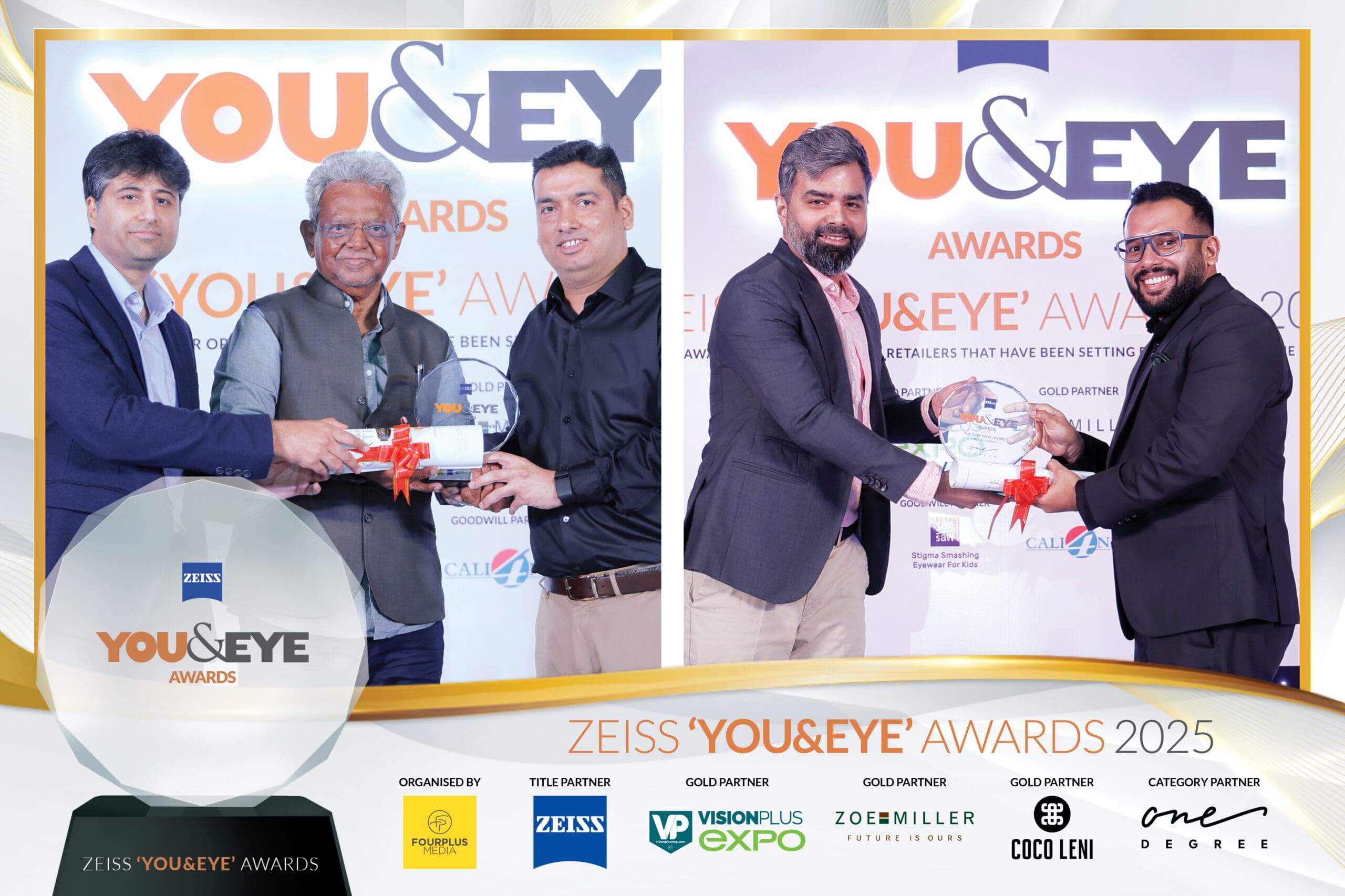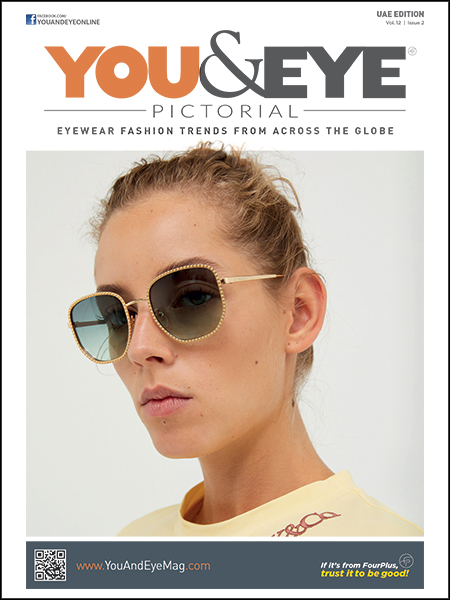Listen to what our experts have to say about some common types of eye problems…
All answers to be attributed to Dr Edoardo Zinicola, Consultant Vitreoretinal Surgery and Medical Retina, Moorfields Eye Hospital Dubai
How does diabetes increase the risks for glaucoma and cataract?
Diabetic eye disease includes glaucoma and cataracts. Diabetic patients have a much higher risk of developing cataracts (clouding of the lens), and at an earlier age, even if they are not directly correlated to diabetes. People with diabetes are twice as likely to develop glaucoma, although the relationship is still unclear. ‘Neovascular glaucoma’ is the main type of glaucoma affecting diabetes patients and occurs in the very late stage of Proliferative Diabetic Retinopathy – but not in all patients. Neovascular glaucoma is rare and is always associated with other abnormalities, diabetes being the most common. It can occur if new blood vessels grow on the iris (the colored part of the eye), closing off the fluid flow in the eye and raising the eye pressure. It is a difficult disease to treat – laser surgery and drainage implants have had some success.
What type of problems can be detected in an eye examinations?
Eye examinations is very useful in detecting eye diseases that usually tend to go unnoticed especially during the initial stages when they don’t cause any major vision problem. can The major advantage of such regular eye examinations is that it helps you opt for treatment before the problem or it’s side effects reach an advanced stage. Some such common diseases detected in eye examinations are symptomsinclude or lazy eyes (common in children) and glaucoma in adults. In fact, in most cases patients are unaware they have glaucoma until it is found in the later phases.
Q3: Can diabetes lead to blindness?
A3: Health complications occur in the vast majority of people with diabetes and for a high percentage they could have been avoided with proper and vigilant monitoring and treatment. Vision related problems are some of the most common and serious complications of diabetes and – left untreated – diabetic retinopathy can lead to blindness. Of course, the single most effective treatment for diabetic eye disease is prevention – good control of diabetes and any associated high blood pressure can delay or avoid significant eye problems. Prevention of diabetic eye disease starts with regular eye examinations which can so often provide an indicator of the diabetes or blood pressure control. Regular screening should begin from an early age, regardless of whether there are vision symptoms or not.
Does my child need an eye test?
Yes! Even children need an eye test. Ideally, every child between 4 1/2 and 5 1/2 years of age should have an eye test. In some cases, the need for an eye test may be more urgent, for example any child who develops a squint (turn) in the eye or any child with a droopy eyelid should have an eye test when the problem is noticed to avoid escalation of the issue. Other common symptoms of eye problems in children include headaches caused by long-sight, unbalanced eye muscles and inflammation in the eye.
Kate Goodwin, our make-up and beauty expert talks about co-relating your eye make-up in accordance to your eyewear.
Q1: I wear glasses and feel that they are the main focus on my face, do you have any tips how I can emphases my features?
A1: Keep your eye makeup nice and clean under your glasses and try adding a pop of bold colour to your lips for a more fashionable change. This will automatically increase the focus on the facial features and also make you look more beautiful. Red is classic colour that suits several skin complexions and will instantly add a touch of elegance to your overall personality. For those who want to experiment a bit and add more fun to your look, try the bright pink and you will feel the difference instantly.
Q2: My under eye circles look very dark under my glasses and make me look tired, are there special techniques to hide this?
A2: Glasses can enhance dark circles and so people wearing them regularly are bound to face this problem. The simplest technique that you can easily implement in order to hide them is to use a good concealer and carefully brighten the under eye area. Ideally, I would recommend you to try a concealer that has antireflective particles in the formula to ensure that it really lifts the eye area making you look fresh and beautiful.
Q3: I wear thick frames, does this mean I should wear my eyeliner slightly thicker?
A3: If you are wearing thick frames, using a slightly thicker coat of eyeliner can help you enhance the features in a better way. However, I would say that a clean line, either thick or thin, will look great for definition even when you are wearing dominant frames. Also, remember to use a waterproof formula so your eyeliner doesn’t smudge underneath your glasses and will remain in place for a longer duration of time.








